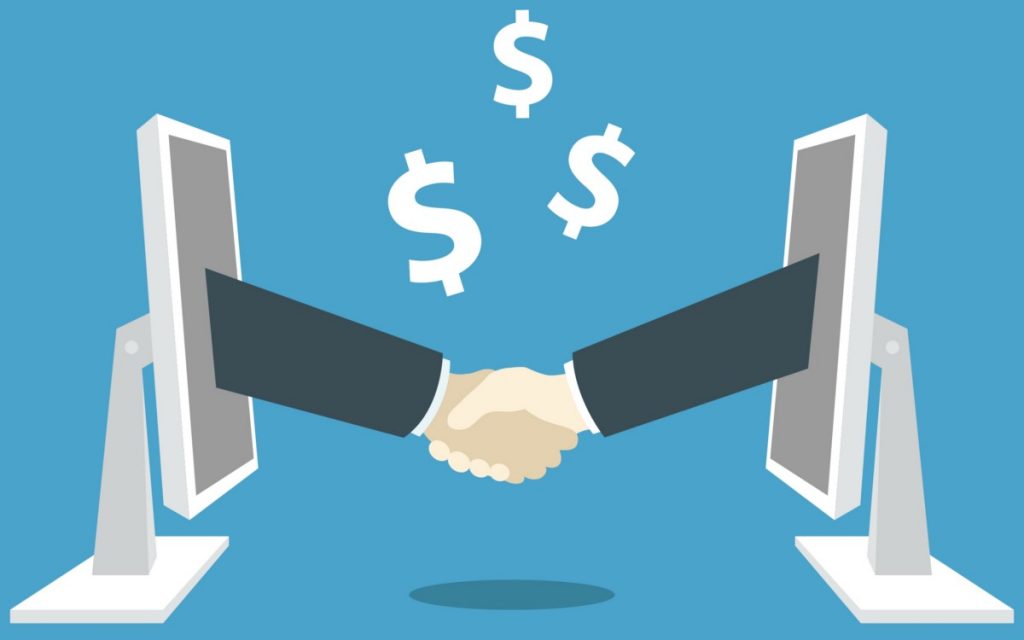
When considering which type of lending is the best potential fit for your financial aspirations, it is essential to carefully research what sources of financing are available and whether they are an ideal fit for your company. Individuals and companies that fail to do this end up taking financial risks that they should have avoided, which can cause them financial troubles in the future that are difficult to recover from. Recently, there has been a debate related to secured versus unsecured lending and what is the best option to pursue.
That said, many individuals looking to secure financing are unsure what the exact difference is between the two, which can cause making the right decision to be difficult. If you are considering taking out financing in Australia, then it is important to understand the distinct differences between unsecured and secured lending outlined below:
Unsecured vs. Secured Lending
A secured loan is traditionally defined as a loan that requires some form of collateral to be volunteered to guarantee the lender that if the borrower fails to repay, there is some asset that can be acquired. Many borrowers will put their home or house as collateral in order to obtain secured loans. In fact, usually, in order to traditionally get larger sums of money, a secured loan was the best route to pursue provided the borrower had the required assets to guarantee the lender of either repayment or an asset in exchange.
Another benefit of a secured loan is that they tend to have lower interest rates and a longer period of repayment. Some popular examples of secured loans are: boat loans, mortgages, home equity lines of credit or an auto loan.
An unsecured loan means that a lender will have to take a higher risk in order to lend funds without any collateral to secure the repayment of the loan. Typically, lenders will look to credit, capacity, collateral, conditions, and established character in order to determine if an applicant is eligible. For this reason, unsecured loans are more difficult to obtain without an established and successful credit history, yet faster to receive a decision in many cases. Some examples of unsecured loans are: personal signature loans, credit cards or personal/business lines of credit.
If you are considering unsecured lending versus secured lending, then it is wise to be aware that unsecured lending can be more expensive and limited to smaller loans than secured loans. That said, secured loans can signify that your assets are tied up with the bank, which can require a longer process of approval or more strenuous requirements of eligibility. The decision of which applicants are successful with unsecured loans will depend on the particular lender’s policies; however, a general benchmark for businesses applying for online lenders usually is 12 months in business and a $5,000 AUD turnover.
Which Is Better for Small Businesses/Entrepreneurs?
Deciding whether an unsecured or secured lending option is the better choice for a small business or entrepreneur depends on their particular financial circumstances and goals. For a small business, for example, the owner will need to assess what they are attempting to use that loan for?
Once this is determined, it will become apparent whether the small business owner needs a large amount of capital or a small one. Depending on the particular need, the small business owner will be able to decide whether the amount needed is something that they can pay off in a short time or whether it needs to be for an extended period at a lower interest rate. In terms of an entrepreneur’s options, it is really going to depend whether the entrepreneur has an established credit score with their company or personally.
Depending on their particular circumstances, they may find that an unsecured lending option is not yet available to them due to adverse credit or lack of history. In these cases, it will become apparent that a secured lending option is the only way to proceed. For both small business owners and entrepreneurs, it is important to be realistic about objectives and how the financing will get them to the next level in their companies. If strategized correctly, both secured and unsecured lending options have the power to really make their business ventures progress in a positive way while simultaneously establishing a positive business credit history.
The Importance of Properly Researching Your Best Financing Option
It can be quite tempting for entrepreneurs and small business owners to hastily take out financing when they are desperate to make payroll, annual company registration fees or finance their next big order of merchandise to increase their sales. Where this mindset can prove dangerous is when the lack of research occurs in order to get quick financing.
Regardless of what the financial landscape is for the entrepreneur or small business owner, it is essential to conduct effective research in order to avoid common pitfalls. Realistically, the entrepreneur and small business owner must look at what they actually need to borrow and what it will achieve for their medium and long-term goals.
This, balanced with the projected cash flows they have coming into their business will determine if the amount of financing desired is appropriate and feasible to pay off while following the terms of their secured or unsecured loan.
Concluding Remarks - Business Financing in Australia
It truly is remarkable how many wonderful financing options are available to both entrepreneurs and small business owners. With so many appealing options to choose from, they need to carefully consider which options are good for their company’s financial futures and which will set them back considerably. When trying to decide whether unsecured or secured lending is the ideal option, be sure that your company qualifies for the unsecured option in the first place.
Upon making that determination, look at the time period you are looking to repay the money and how much you actually need to borrow. Once you make this determination, it will be an easy choice to decide between unsecured and secured lending options in the future.



